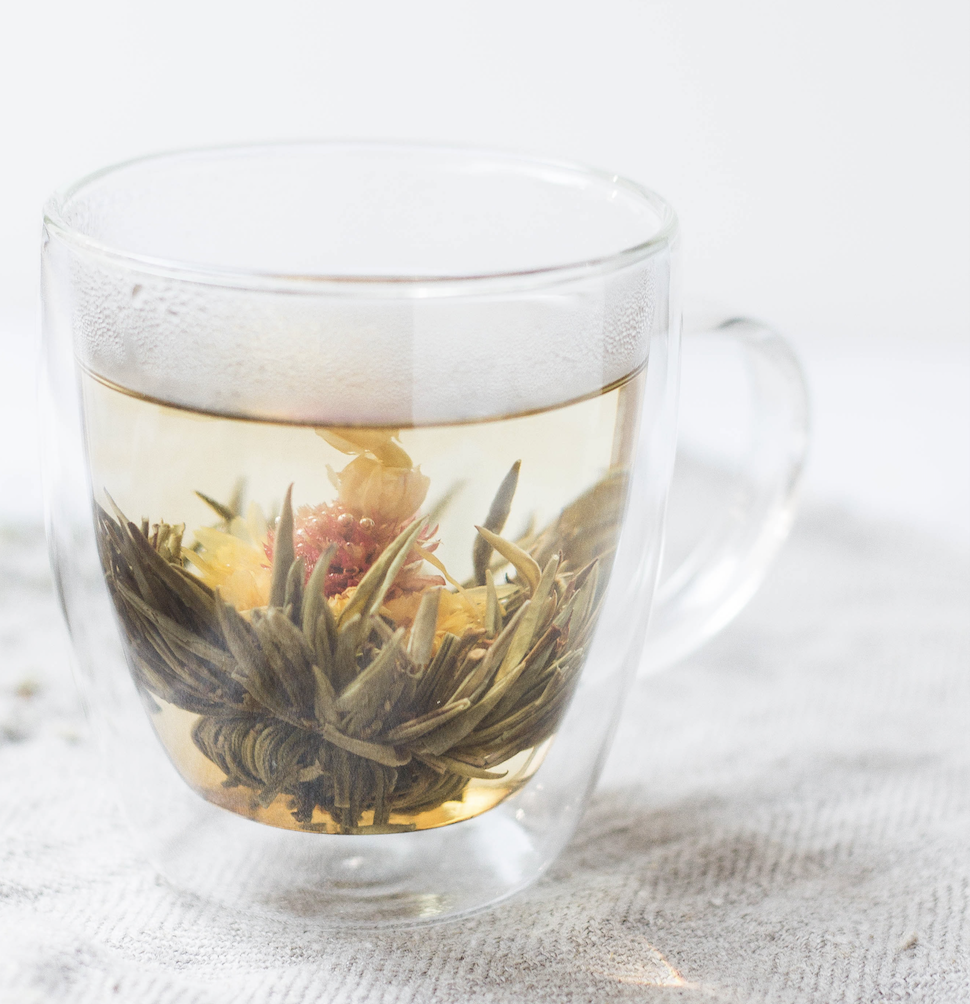How to spring clean your body from the inside out
As featured on The Twenties Club
The word “detox” gets a bad rap. Mostly because it’s been hijacked by the wellness industry to sell its constituents on everything from teas to juices, powders, bath salts, colonics and even shampoo. In fact, my earliest memory of the word “detox” was a lemon juice, cayenne pepper and maple syrup concoction that Beyonce subsisted on for two weeks in order to drop twenty pounds for Dreamgirls in 2006 (you guys…the layers of insanity within that sentence…).
But by definition, detoxification is simply the process by which the body works to rid itself of unhealthy substances and toxins. And I’ve always seen spring as the perfect opportunity to give my body a little extra support (through good food, adequate sleep, exercise and a few high-potency supplements) to detoxify and heal itself naturally.
Ema Taylor, my favourite women’s wellness expert, naturopath and clinical nutritionist, agrees that a “spring clean” doesn’t have to be as severe or depressing as a spicy lemon drink and instead suggests that a good detox is as simple as supporting our liver: “The liver is a very sophisticated organ that metabolises drugs, alcohol, hormones, pesticides, chemicals and toxins. Our liver has two phases that function to metabolise fat-soluble chemicals into water-soluble chemicals so that they can be excreted from the body in bile, faeces and urine: phase one changes the toxic chemical into a less toxic chemical, and phase two binds those chemicals to another substance which renders them less harmful and able to be excreted.”
But let’s back up a little, how do we know if our liver isn’t working properly or perhaps just feeling overwhelmed?
Ema said that if either of the liver phases aren’t working, toxins will build up and re-circulate throughout the body where they’ll present as symptoms: “This could be painful periods, tender breasts, sluggish digestion or constipation, problematic skin (think acne, rashes and boils), bloating, trouble shifting weight, trouble sleeping or headaches.”
The good news is that there are a few liver-loving vegetables that can be easily incorporated into our diet to stimulate detoxification enzymes and support phases one and two: “Brassica vegetables like broccoli, cauliflower and brussel sprouts are true liver-loving veggies because they prevent oxidative stress due to their antioxidant properties.” Speaking of brassicas, there’s a bomb miso tofu and broccolini recipe in this TTC article. Ema also touted the incredible benefits of beetroot “for protecting the liver from inflammation”, and bitter greens like rocket, collard and swiss chard “to stimulate the production of bile in the liver” which supports the excretion of hepatic metabolites—including bilirubin, cholesterol, drugs, and toxins.
Another important (and often overlooked) part of detoxification is a regular bowel movement – especially for women – and it’s something Ema focuses a lot on with her female clients in both Byron Bay and the rest of the world through her online practice.
“If we are not passing a stool regularly and ridding the body of toxins that have been processed by our liver, they can be re-absorbed and re-circulated causing all sorts of problems such as hormonal imbalances, acne and fatigue.” Ema’s top three tips for encouraging regular bowel motions are drinking two litres of filtered water every day, increasing your fibre intake with vegetables, lentils and beans (mung beans provide enzymes to the digestive system), and drinking two teaspoons of chia seeds mixed in a glass of water first thing in the morning. Each ounce of chia seeds contain about 11g of fibre – almost half the daily recommended value for women. I personally like increasing my fibre intake by adding a heaped teaspoon of psyllium husk to smoothies (you can buy it from any bulk wholefoods store).
And lastly, for those wanting to really step it up a notch, I asked Ema which herbs and supplements women can lean on to support their bodies as they transition from winter to spring and clear the cob-webs.
“My favourite herbs change all the time, but right now the herbs I’m loving for both myself and my clients are dandelion root, saffron, lavender and Korean Ginseng.
Dandelion root, as a herbal tea or liquid tincture, is amazing for gentle detoxification. Saffron – the spice known for giving soups, paella and other rice dishes a fragrant yellow colour – is a powerful mood stabiliser and great for reducing stress and pre-menstrual symptoms. In the last couple of months I’ve been making a daily infusion of lavender and chamomile to sip during the day; lavender is so calming and great for reducing anxiety and supporting restful sleep (you can’t underestimate the power of adequate sleep for detoxification). And lastly, Korean Ginseng! Also known as “Panax Ginseng”, this is the perfect adaptogen if you’ve been feeling sluggish towards the end of winter. A small dose of Panax Ginseng in the morning helps your body adapt to environmental stressors, boosts the immune system and enhances cognitive function.”
You may remember Ema raving about the healing power of mushrooms and adaptogens in this article for TTC.
So it’s settled then! If winter is a time for hibernation and rest, spring is most certainly a time for renewal and growth. Consider this article your permission for a fresh start.
Written by Madeline Walker for The Twenties Club

